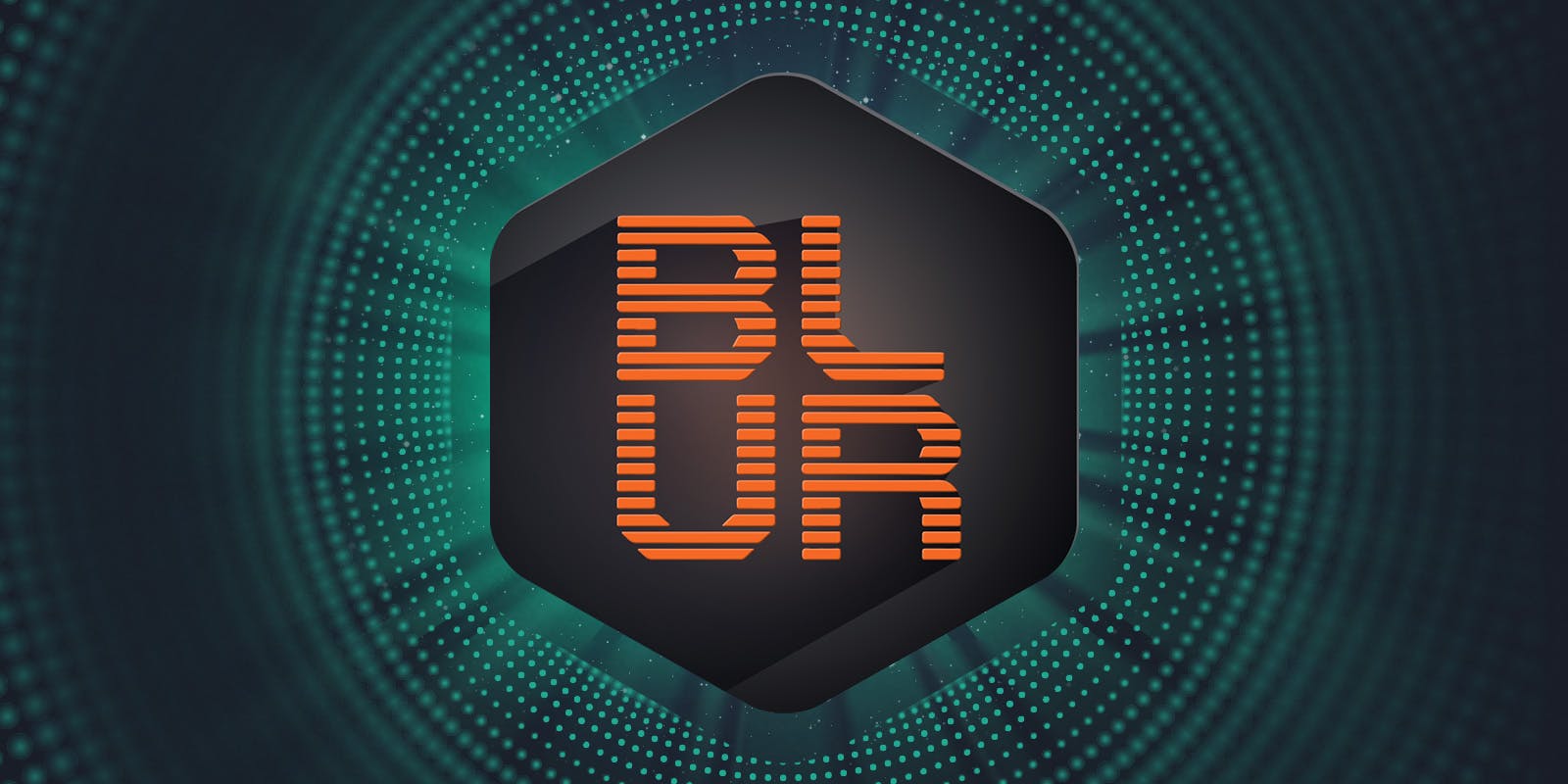What is Blur (BLUR)?
Blur is a blockchain-based platform designed to cater to the needs of NFT (non-fungible token) traders and collectors. It stands out as a specialised marketplace that not only enables the buying and selling of NFTs but also offers advanced tools and features that enhance the trading experience. These include analytics, portfolio management, and aggregation services that allow users to access a wide range of NFT listings from various marketplaces within a single interface. Blur aims to streamline the NFT trading process, making it more efficient, user-friendly, and accessible to both seasoned traders and newcomers to the NFT space.
The BLUR Token
Central to the Blur platform is its native cryptocurrency, the BLUR token . This ERC-20 token serves multiple purposes within the Blur ecosystem. It is designed to incentivise and reward platform users, govern the protocol, and facilitate various utility functions that enhance the overall user experience. The BLUR token enables holders to participate in decision-making processes related to the platform's development, including updates and the introduction of new features, ensuring a decentralised and community-driven approach to its evolution.
BLUR Tokenomics
The tokenomics of BLUR plays a crucial role in its distribution, supply mechanism, and overall economic model. While the exact details can vary and evolve over time, key elements typically include:
- Total Supply and Distribution: The total supply of 3,000,000,000 BLUR tokens is predefined, with a portion allocated for initial distribution to early users, contributors, and community incentives. This strategy ensures that active participants in the Blur ecosystem are rewarded and have a stake in its success.
- Staking and Rewards: Users can stake their BLUR tokens to earn rewards, which are typically derived from platform fees or a percentage of the transaction volume on the marketplace. Staking mechanisms encourage token holders to lock up their tokens for a period, reducing circulating supply and potentially increasing the token's value.
- Governance: BLUR token holders have governance rights, allowing them to vote on proposals that shape the platform's future. This includes decisions on feature implementations, fee structures, and the distribution of rewards, fostering a transparent and community-led governance model.
- Utility Functions: Beyond governance and staking, the BLUR token may also offer additional utility functions within the platform, such as discounted fees for transactions, access to exclusive features or NFT drops, and enhanced analytics tools. These utilities incentivise holding and using BLUR within the ecosystem, driving demand and utility for the token.
Conclusion
Blur and its BLUR token represent a noteworthy development in the NFT and broader cryptocurrency landscape. By focusing on the needs of NFT traders and collectors, Blur offers a specialised platform that enhances the trading experience through advanced tools, analytics, and a user-friendly interface. The BLUR token complements this by providing a means for governance, rewards, and utility within the ecosystem, backed by a thoughtfully designed tokenomics model. As the platform continues to evolve and grow, it will be interesting to see how Blur and BLUR contribute to the dynamism and innovation in the digital asset space.
